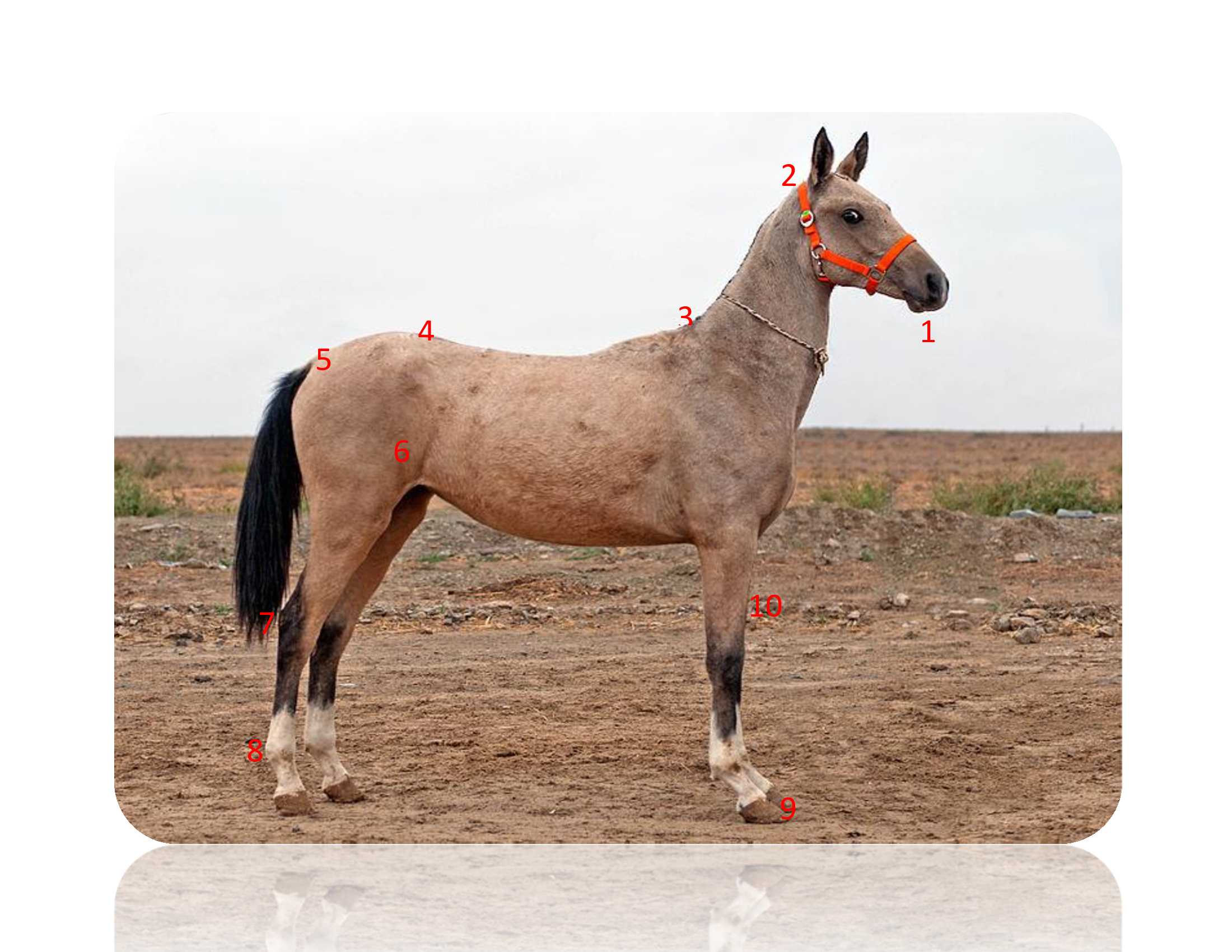
Horse Sense Trivia Quiz
This magnificent horse from the Turkmen Studfarm in Turkmenistan agreed to pose for us so that we could learn more about the anatomy of a horse. Let's see if you have any horse sense!
A label quiz
by ponycargirl.
Estimated time: 3 mins.
- Home
- »
- Quizzes
- »
- Animal Trivia
- »
- Horses
